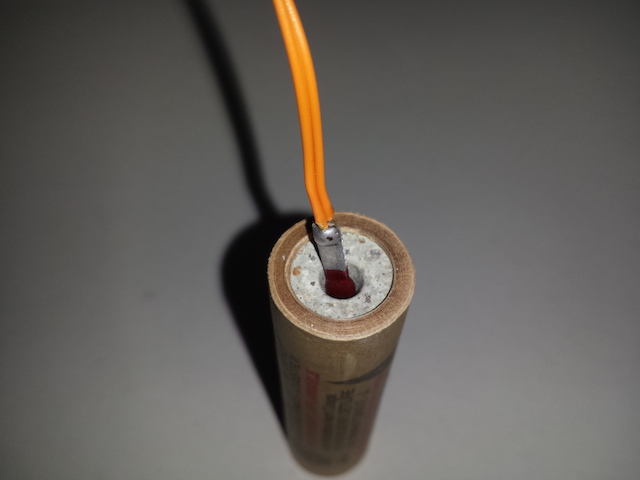pyroplegic
Member
- Joined
- Aug 22, 2014
- Messages
- 5
- Reaction score
- 0
Hello TRF
Let me briefly introduce myself, I'm Pyroplegic from PyroUniverse.com. I'm a certified professional pyrotechnician from Virginia, I had a motorcycle accident in '05 & now use a chair to get around.
I searched briefly but couldn't find what I was looking for. If you'd rather link me to the answers in other threads, than type out reply's that's fine.
Our client wants to do a fundraiser with a high school as shooting a mass of model rockets. 100's 1000's if they sell enough even more than 3130 the GWR. If I may as a NOOB ask some questions.
I'm well versed in State and NFPA codes and the many AHJ restrictions for fireworks, are there any regulation codes I need to know about?
We're planing on using A8-3 motors are these unregulated?
We'll be using commercial (MJG) firework style ematch, rather than the estes igniters, for more fire & reliability. In testing I was having ignition failures. Is there a sealant on the propellant of these motors preventing easy or accidental ignition? It was suggested to use a non-sparking tool (brass awl AKA Pyro-poke) to scrape any sealant off & expose the propellant to fire. Is this safe why / why not?
How do ya'll fire off mass launches or drag races? Wire in one series all the matches & throw some type of cap discharge system on it? For 100's even? We're planning on using a professional firework firing system to disperse the electricity.
They're also creating launch pads to hold 100 or so at a time, aside from bulk are there any design do's & don'ts we should be aware of?
Anything else I should be aware of?
Thanks for any assistance you can point me towards
Jake
Let me briefly introduce myself, I'm Pyroplegic from PyroUniverse.com. I'm a certified professional pyrotechnician from Virginia, I had a motorcycle accident in '05 & now use a chair to get around.
I searched briefly but couldn't find what I was looking for. If you'd rather link me to the answers in other threads, than type out reply's that's fine.
Our client wants to do a fundraiser with a high school as shooting a mass of model rockets. 100's 1000's if they sell enough even more than 3130 the GWR. If I may as a NOOB ask some questions.
I'm well versed in State and NFPA codes and the many AHJ restrictions for fireworks, are there any regulation codes I need to know about?
We're planing on using A8-3 motors are these unregulated?
We'll be using commercial (MJG) firework style ematch, rather than the estes igniters, for more fire & reliability. In testing I was having ignition failures. Is there a sealant on the propellant of these motors preventing easy or accidental ignition? It was suggested to use a non-sparking tool (brass awl AKA Pyro-poke) to scrape any sealant off & expose the propellant to fire. Is this safe why / why not?
How do ya'll fire off mass launches or drag races? Wire in one series all the matches & throw some type of cap discharge system on it? For 100's even? We're planning on using a professional firework firing system to disperse the electricity.
They're also creating launch pads to hold 100 or so at a time, aside from bulk are there any design do's & don'ts we should be aware of?
Anything else I should be aware of?
Thanks for any assistance you can point me towards
Jake





